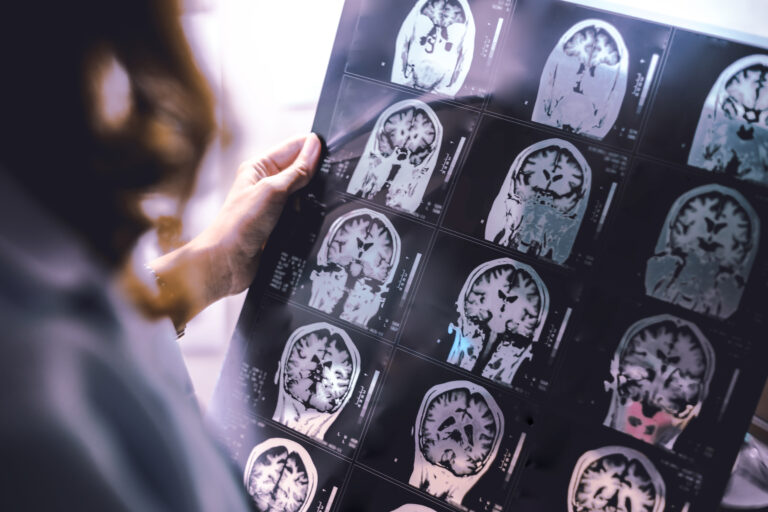Machine learning has significant potential to improve the detection of relapse in non-Hodgkin’s lymphoma (NHL) by leveraging complex data patterns that traditional methods may miss. NHL is a diverse group of blood cancers originating in lymphocytes, and relapse detection is critical for timely intervention and improved patient outcomes. Machine learning, a subset of artificial intelligence, uses algorithms to analyze large datasets, identify subtle patterns, and make predictions, which can be applied to clinical, genomic, and imaging data related to NHL.
One of the main challenges in detecting NHL relapse is the heterogeneity of the disease and its progression. Traditional relapse detection methods often rely on imaging techniques like PET/CT scans, clinical symptoms, and laboratory tests, which may not always detect early or minimal residual disease. Machine learning models can integrate multiple types of data—such as genetic markers from blood samples, imaging features, and patient history—to create a more sensitive and specific detection system. For example, machine learning classifiers can analyze methylation patterns in cell-free DNA from blood, which are indicative of cancer presence and type, allowing earlier and more accurate detection of relapse compared to conventional methods.
Moreover, machine learning can continuously improve its predictive accuracy by learning from new patient data, adapting to emerging patterns of relapse, and distinguishing between true relapse signals and false positives caused by benign conditions or precursor states. This dynamic learning capability is crucial in managing NHL, where relapse patterns can vary widely among patients. Machine learning-based prognostic models have also been developed to predict survival outcomes and treatment responses, which indirectly support relapse detection by identifying patients at higher risk who require closer monitoring.
In addition to detection, machine learning aids in personalizing treatment strategies post-relapse. By analyzing large datasets from clinical trials and real-world evidence, these models can help oncologists select therapies most likely to be effective for individual patients based on their unique disease characteristics and prior treatment history. This personalized approach is especially important in NHL, where treatment options range from chemotherapy and immunotherapy to targeted agents and stem cell transplantation.
The integration of machine learning into clinical workflows for NHL relapse detection is facilitated by advances in high-throughput genomics, imaging technologies, and electronic health records. Blood-based genomic tests using machine learning classifiers can detect cancer signals with high specificity, guiding further diagnostic evaluation and reducing unnecessary invasive procedures. Similarly, AI platforms that analyze real-world data and treatment patterns can enhance clinical decision-making and patient management.
Despite these promising developments, challenges remain. Machine learning models require large, high-quality datasets for training and validation to ensure reliability and generalizability across diverse patient populations. There is also a need for standardized protocols to integrate machine learning tools into routine clinical practice, including regulatory approval and clinician training. Additionally, the interpretability of machine learning predictions is crucial for clinical acceptance, as physicians must understand and trust the model outputs to make informed decisions.
In summary, machine learning offers a powerful approach to improve the detection of non-Hodgkin’s lymphoma relapse by combining diverse data sources, enhancing sensitivity and specificity, and enabling personalized patient management. As technology and data availability continue to advance, machine learning is poised to become an integral part of NHL care, helping to identify relapse earlier and tailor treatments more effectively to improve patient outcomes.





